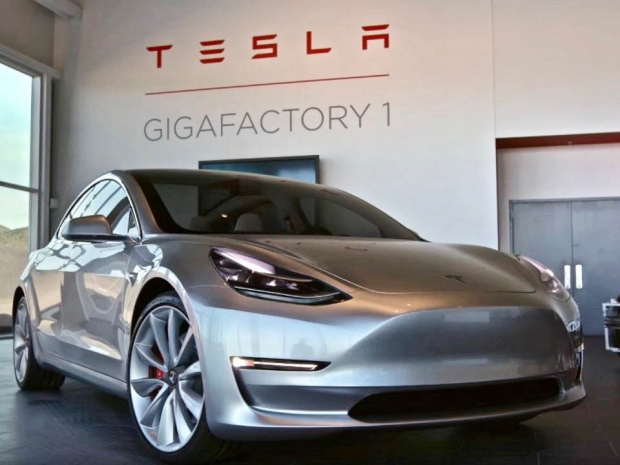The company’s update on Model 3 production was given as it posted a wider-than expected fourth quarter loss for 2016, though its sales turned out a bit higher than expected. Revenue for the quarter was $2.28 billion, up from $1.21 billion the previous year, while the company lost 69 cents per share on a non-GAAP earnings results.
Initial crash test results have been “positive”
“Ahead of the Model 3 launch, we are re-engineering and expanding our operations as we anticipate the needs of a much larger family of Tesla owners,” the company stated in a letter to investors.
The first Model 3 prototypes were built this month as part of an assessment on the overall manufacturing process. The company said in its earnings report that initial crash test results for Model 3 prototypes were “positive”, leading it to be positive about the planned July production target.
“Installation of Model 3 manufacturing equipment is underway in Fremont and at Gigafactory 1, where in January, we began production of battery cells for energy storage products, which have the same form-factor as the cells that will be used in Model 3.”
Once production begins to grow in September, the company expects to begin selling around 5,000 vehicles per week in the fourth quarter. Volume deliveries are expected to begin in the second half of 2018, when production is expected to reach around 10,000 vehicles per week.
The production schedule comes on the heels of Tesla CFO Jason Wheeler announcing his departure from the company to pursue business in the public policy, while previous CFO Deepak Ahuja returns to fill the gap.
Tesla expands mobile repair service, Supercharger network
The company has also announced that it will expand its mobile repair service to allow its customers to make on-the-spot vehicle repairs at home or at the office. The intention here is that around 80 percent of Tesla repairs are minor enough to be done remotely via the vehicle’s Internet-connected dash module, so there is no need to bring the vehicle’s into a servicing center for these situations.
Back in December, the company revealed dramatic to expand its Tesla Supercharger network as it had previously fallen behind on building out a network of DC fast-charging stations in some areas. The new plan for 2017 is to double the number of Supercharger stations in North America, from 373 to nearly 800, which will match its current global network of 805 stations worldwide (5,159 chargers). The chargers are currently capable of resupplying 170 miles of range in about 30 minutes for most models, outpacing the speed of many conventional chargers that deliver 30 miles of range per hour.




